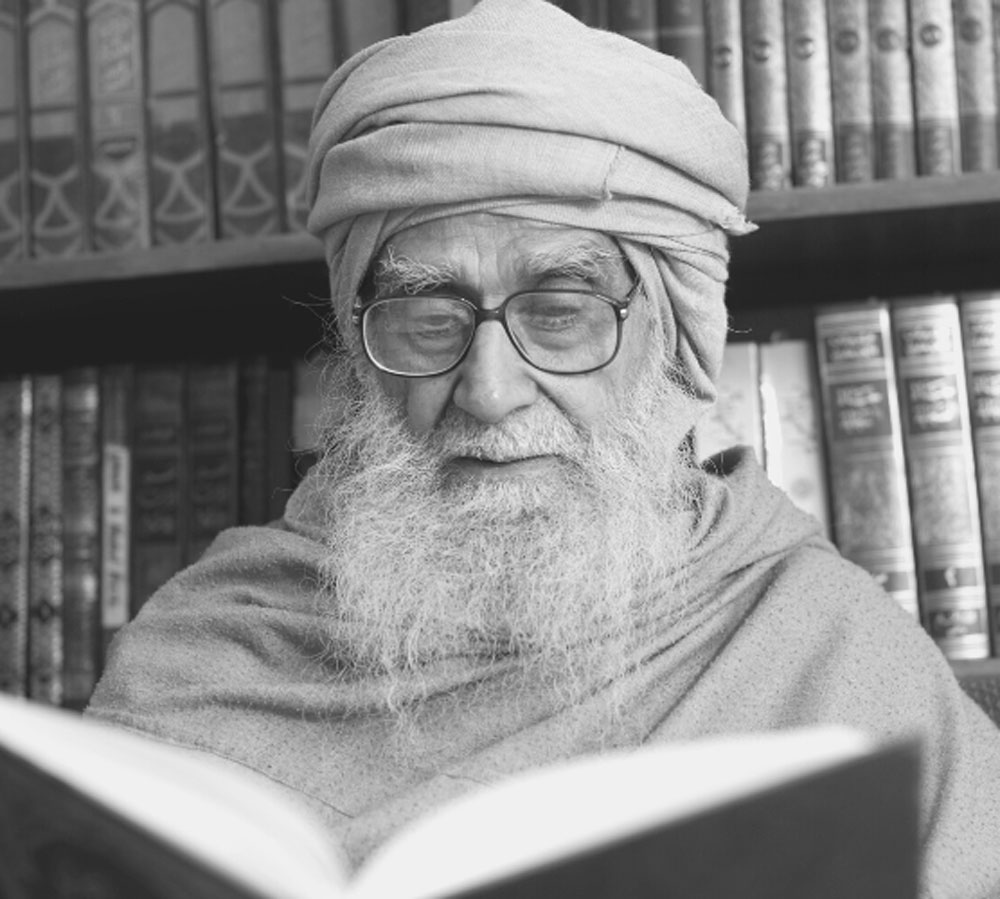Eid al-Adha is celebrated in the Islamic month of Zul Hijjah. ‘Eid al-Adha’ literally means ‘Eid of sacrifice’, as Muslims symbolically sacrifice an animal as an act of ‘qurbani’. It is a symbolic rehearsal of high values of faith, and it is required that these values be translated into practical life all year round.
Two practices are performed by Muslims on Eid al-Adha: congregational prayer in the mosque and the sacrificing of an animal. These two practices reflect the basic spirit of this festival, which is a combination of two important states of mind, modesty through prayer and selflessness through sacrifice.
Prayer inculcates modesty in a person. A Muslim offers two units of namaz in the mosque. Besides the other prayers, the namaz of Eid includes the ‘takbir’ which is recited more than once. Takbir means ‘God is great.’ The true significance of this takbir is that ‘God is great, and I am not great.’ So, its essence is modesty. Believers must modestly follow the command of God.
Animal sacrifice is performed on Eid al-Adha, as an annual re-enactment of Prophet Abraham’s actions. Prophet Abraham dedicated his entire life to the cause of God. The full extent of Abraham’s dedication was demonstrated by his readiness to sacrifice even his own son for God. Every Muslim symbolically re-enacts his readiness to sacrifice for the cause of God on this day. We must understand that a believer is presenting himself to God Almighty through this action. He is promising God that he will sacrifice his own ego for the sake of God, he will act with justice with others for the sake of God, and he will adhere firmly to righteousness.
Source: Spirit of Islam December 2018





